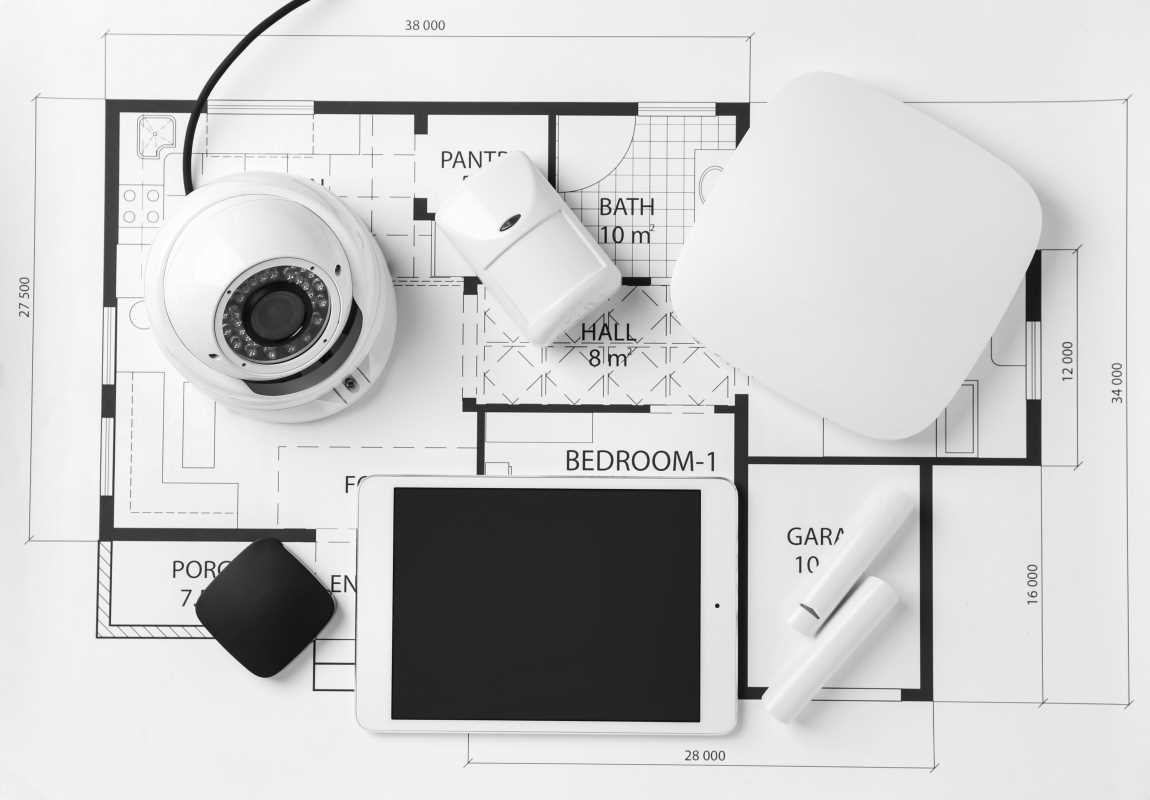Creating a fitness routine that works for you doesn’t require a fancy gym or expensive equipment. With a little creativity and commitment, you can build an effective workout plan right at home using minimal tools. Whether you’re just starting out or looking to level up your fitness game, this guide will help you design a personalized plan that fits your goals and schedule.
Understanding Your Fitness Goals
The first step to creating a personalized fitness routine is identifying your goals. Do you want to build strength, lose weight, improve endurance, or simply stay active? Knowing your “why” will guide the types of exercises you include and how you structure your routine.
Start by setting both short-term and long-term goals. For example, your short-term goal could be completing three 20-minute workouts per week, while a long-term goal might be being able to do 20 push-ups in one set. Writing these down helps you stay focused and track progress over time.
Consider your current fitness level, too. If you’re a beginner, start with low-impact exercises like bodyweight squats and planks. For more experienced individuals, adding resistance bands or dumbbells can help increase intensity and variety.
The Basics of Planning Your Routine
Every effective workout plan has three main parts: warm-up, main workout, and cool-down. These ensure your body is prepared, challenged, and safely recovered.
Here’s a simple structure to follow:
- Warm-up: Spend 5–10 minutes on light cardio (like jogging in place) and dynamic stretches to loosen up your muscles.
- Main workout: Focus on your primary fitness goal, such as strength training, cardio, or flexibility.
- Cool-down: End with static stretches or gentle yoga to relax your muscles and improve flexibility.
If you're unsure how to adjust your routine, consider developing a personalized plan that aligns perfectly with your fitness goals and needs.
Choosing the Right Exercises for Limited Equipment
Even with minimal equipment, you can create a versatile and challenging workout. Start with bodyweight exercises, which are great for building strength and improving overall fitness. These include push-ups, planks, squats, and lunges. If you have basic tools like resistance bands or a set of dumbbells, you can expand your options further.
Focus on compound movements that target multiple muscle groups for maximum efficiency. Examples include:
- Squats: Strengthen your legs, glutes, and core.
- Push-ups: Work your chest, shoulders, triceps, and core.
- Plank variations: Build core stability and shoulder strength.
Structuring Workouts for Progression
Progression is key to staying motivated and avoiding plateaus. Gradually increasing the intensity of your workouts ensures you continue to improve. Here’s how to keep things challenging:
- Increase repetitions or sets as exercises become easier.
- Add resistance using tools like dumbbells, resistance bands, or even household items like water bottles.
- Reduce rest time between exercises to elevate your heart rate and improve endurance.
Tracking your progress is essential. Use a notebook or a fitness app to record your workouts, noting the exercises, reps, and any weights used. Seeing your improvement over time can be a powerful motivator.
Adapting Your Routine to Fit Your Schedule
Consistency matters more than workout length. If your day is packed, shorter workouts can still be effective. For example, a 15-minute circuit workout that includes squats, push-ups, and planks can give you a full-body challenge in a short amount of time.
“Exercise snacking” is another approach where you break your workout into smaller sessions throughout the day. You might do a quick set of squats in the morning, some planks during lunch, and a few push-ups before dinner. This method keeps you active without requiring a big time commitment.
Recovery and Staying Motivated
Recovery is a crucial part of any fitness routine. Allowing your muscles to rest and repair helps prevent injury and keeps you performing at your best. Make sure to:
- Stay hydrated throughout the day.
- Incorporate rest days or active recovery like stretching or yoga.
- Focus on proper nutrition to fuel your body.
To stay motivated, switch up your exercises every few weeks. This not only keeps things interesting but also ensures you’re challenging your body in new ways. Setting small, achievable milestones and rewarding yourself when you reach them can also keep you on track.
Creating a fitness routine doesn’t have to be complicated or overwhelming. Start small, stay consistent, and adjust as you learn what works best for your body and lifestyle. With time, you’ll build a habit that keeps you strong, healthy, and energized.







